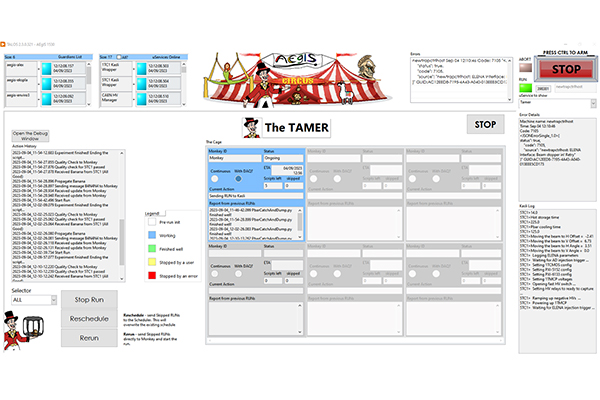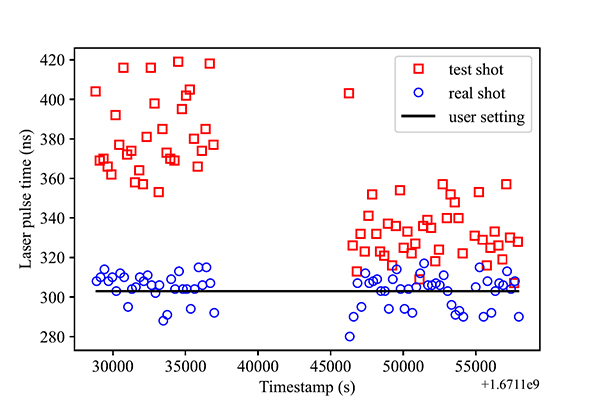CIRCUS: how to automate physics research

Precision and consistency are paramount in scientific research. At CERN, scientists are exploring antimatter, the mysterious counterpart to ordinary matter, an especially daunting task. Among others, the AEgIS experiment aims to unravel why the universe is composed mostly of matter rather than an equal mix of matter and antimatter; in particular, it is interested in how anti-hydrogen behaves under gravity. This research demands exceptional control over experimental conditions, including particle confinement and ultra-high vacuum environments at near absolute-zero temperatures. Achieving this requires synchronizing hundreds of devices with nanosecond accuracy.
Initially, researchers at AEgIS spent considerable time manually adjusting equipment, which was tedious and error-prone. Manual control limited their ability to focus on data analysis and further physics studies. To overcome this, the AEgIS Collaboration developed an advanced control system known as the CIRCUS (Computer Interface for Reliably Controlling, in an Unsupervised Manner, Scientific Experiments). Central to this system is TALOS (Total Automation of LabVIEW Operations for Science), built using NI LabVIEW, which automates experimental sequences and optimizes parameters based on real-time data
The CIRCUS control system, with TALOS as its core, automates the complex coordination required by the experiment. TALOS acts as the conductor, managing each experimental component as a microservice in a modular setup. This architecture enables flexibility and futureproofness, as individual parts can be updated without disrupting the entire system—a critical feature in high-stakes research environments where uptime is essential.
The transition from manual to automated control has transformed AEgIS’ operations. For example, during a 69-day data collection period, TALOS’s automation saved 18% of data-taking time — a significant boost in efficiency for experiments that often span months. Additionally, TALOS’s error management features allow rapid issue resolution, ensuring smooth operation even during nights and weekends. This autonomy has freed researchers to focus more on data analysis and theoretical work, increasing productivity and enhancing the quality of data gathered.
Moreover, TALOS’s precision and synchronization capabilities have opened new research possibilities, especially with the addition of an optimisation algorithm based on live-data feedback. This enabled, for instance, the automated steering of the antiproton beam, once a manual process taking weeks, that now runs in hours, doubling trapping efficiency. Furthermore, TALOS’s real-time adjustments, such as fine-tuning positronium laser timing, enabled the world’s first laser-cooling of positronium atoms, an achievement sought for over 30 years.

A feedback loop uses the uncorrected laser pulse timings (red squares) to calculate the deviation from the user setting (solid black line) over the course of an hour and corrects the timing of the subsequent desired laser pulse that is used for the actual experiment (blue circles). Independent of short-term to long-term drifts or even sudden jumps, the resulting timing is always close to the desired value.
The CIRCUS (and TALOS) highlights the power of advanced automation in scientific research. This system not only improves operational efficiency but also sets a standard for autonomous control in various scientific and industrial applications With its robust error handling, modular design, and precise orchestration, the CIRCUS has enabled breakthroughs in antimatter research: being released open-source, other experiments can benefit from it.
Further information:
Volponi, M., Huck, S., Caravita, R. et al. CIRCUS: an autonomous control system for antimatter, atomic and quantum physics experiments. EPJ Quantum Technol. 11, 10 (2024). https://doi.org/10.1140/epjqt/s40507-024-00220-6